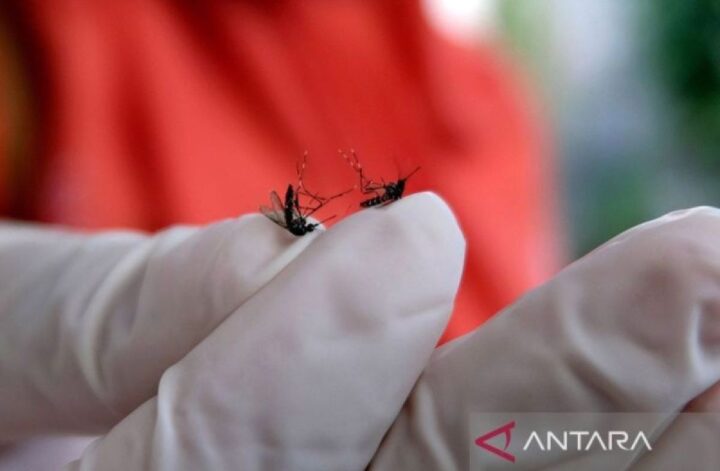Dengue fever, or DBD, is a viral infection transmitted by mosquitoes that has become a major public health concern in many parts of the world. The primary vectors of the dengue virus are the Aedes aegypti and Aedes albopictus mosquitoes. These two species of mosquitoes have distinct differences that contribute to their ability to transmit the virus and cause outbreaks of DBD.
One of the key differences between Aedes aegypti and Aedes albopictus is their preferred habitats. Aedes aegypti is commonly found in urban areas, particularly in tropical and subtropical regions. They are well adapted to living in close proximity to humans and are often found breeding in artificial containers such as water storage tanks, discarded tires, and flower pots. Aedes albopictus, on the other hand, is more commonly found in rural areas and is known for its ability to survive in a wider range of environments, including forests and gardens.
Another important difference between the two species is their feeding habits. Aedes aegypti is a daytime feeder and is most active during the early morning and late afternoon, when people are most likely to be outdoors. Aedes albopictus, on the other hand, is a more opportunistic feeder and is active during both the day and night, making it a more difficult mosquito to control.
In terms of their ability to transmit the dengue virus, both Aedes aegypti and Aedes albopictus are capable of spreading the infection. However, Aedes aegypti is considered to be the primary vector of the virus, as it is more efficient at transmitting the virus to humans. This is due to a number of factors, including its strong preference for feeding on humans and its ability to reproduce rapidly in urban environments.
Despite these differences, both Aedes aegypti and Aedes albopictus are capable of causing outbreaks of DBD and are a major public health concern in many parts of the world. Control measures such as eliminating breeding sites, using insecticides, and using mosquito nets can help to reduce the spread of the virus and prevent outbreaks of DBD.
In conclusion, while Aedes aegypti and Aedes albopictus have distinct differences in their habitats and feeding habits, both species are capable of transmitting the dengue virus and causing outbreaks of DBD. Understanding these differences can help public health officials and individuals take appropriate measures to prevent the spread of the virus and protect against this potentially deadly disease.




